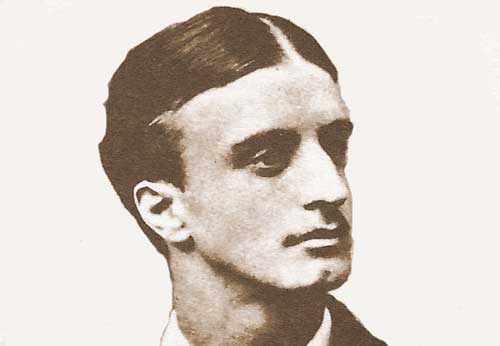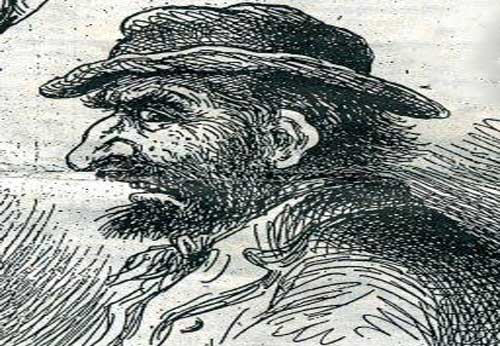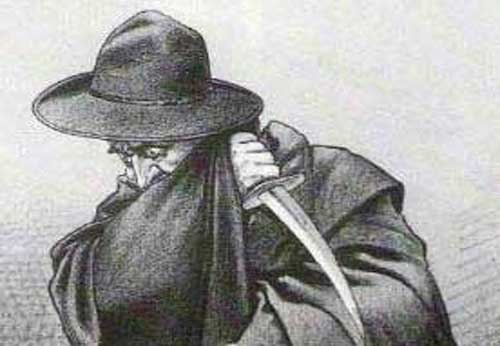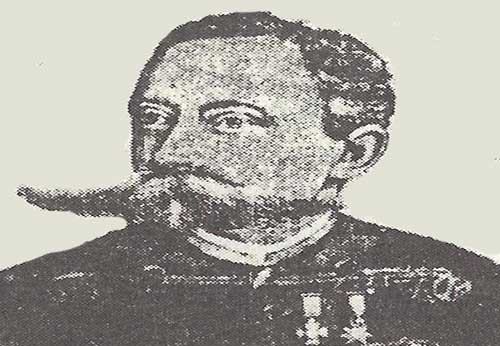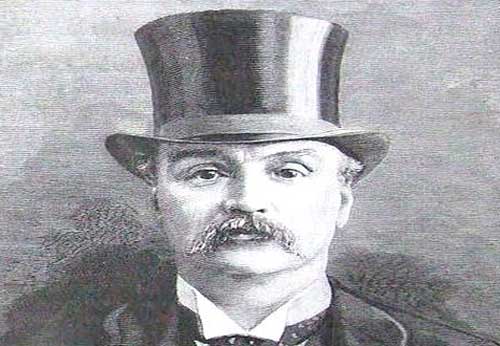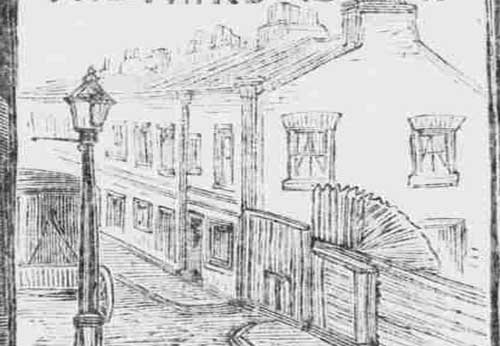- Walter Sickert is the favoured suspect of novelist Patricia Cornwell.
- Interestingly he name has been linked to the crimes several times in the past.
- Sometimes he has been cited as an accomplice in the crimes.
- other theories have him being privy to sensitive information about who Jack the Ripper was.
- Site Author and Publisher Richard Jones
- Richard Jones
WALTER SICKERT - CASE CLOSED
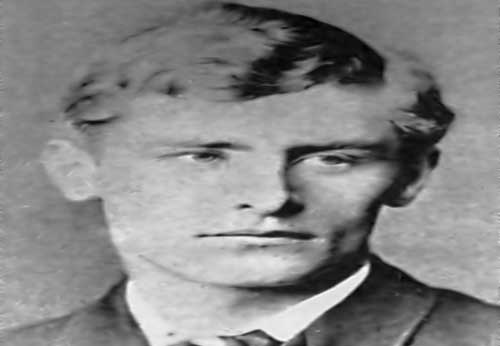
JACK THE RIPPER - CASE CLOSED
PATRICIA CORNWELL WADES IN
The name of Walter Sickert has been linked to the Jack the Ripper murders by several authors and, over the years, his role in the killings has been said to have varied enormously.
According to some authors he was an accomplice in the Whitechapel Murders, whilst others have depicted him as knowing who was responsible for the crimes and duly informing on them.
But, according to the crime novelist Patricia Cornwell in her 2002 book Portrait of a Killer - Jack the Ripper Case Closed Sickert was in fact the man who carried our the crimes that became known as the Jack the Ripper Murders.
MODERN FORENSIC TECHNIQUES
As a successful, and wealthy, novelist, Cornwell was not restricted by the constraints of budget when she set out to hunt down history's most notorious serial killer.
She set out to do something that few, if any, other Ripperologists had been either able, or inclined to do, namely, apply modern forensic techniques to the Jack the Ripper case and, in so doing, solve, once and for all, the world's greatest murder mystery.
When her book was published it caused a worldwide sensation and the spotlight was turned on both Cornwall herself and on her suspect."I do believe 100%," she told a US chat show, "that Walter Richard Sickert committed those serial crimes"
IMPOTENCY AND PATHOLOGICAL HATRED
According to Cornwell's theory Walter Sickert had been made impotent by a series of painful childhood operations for a fistula of the penis.
This impotency had scarred him emotionally and had left him with a pathological hatred of women which, in time, led him to carry out a series of murders in the East End of London which became known as the Jack the Ripper murders.
Doubts were raised about her theory when it was pointed out that St Mark's Hospital, where the operations on the young Sickert were supposedly performed, specialised in rectal as opposed to genital fistulas.
BUT WAS SICKERT IMPOTENT?
It was also pointed out that the evidence suggests that Sickert was anything but impotent.
Indeed, his first wife had divorced him citing his adultery in her petition for divorce. In addition he is believed to have had several mistresses and is thought to have fathered at least one illegitimate child.
So the case for Sickert's being impotent appears to be none existent.
So what evidence is there to suggest that Sickert possessed a pathological hatred of women?
Again, not a great deal. In Portrait of a killer Cornwell cites a series of Sickert's paintings that were inspired by the murder in 1908 of a Camden Town prostitute by the name of Emily Dimmock. According to Patricia Cornwall's hypothesis, this series of pictures bears a striking resemblance to the post-mortem photographs of the victims of Jack the Ripper.
FASCINATED BY MURDER
Now there is little doubt that Sickert was fascinated by murder and in finding different ways in which to depict the menace of the crime and the criminal.
But, to cite this as evidence that he was actually a murderer - and, specifically, the murderer who carried out the Jack the Ripper killings - is hardly definitive proof.
CAN WE PLACE HIM IN THE AREA?
When looking at a particular Jack the Ripper suspect, or any murder suspect for that matter, you need to be able to link your suspect with the crime.
You need to, for example, be able to place them at the scene of the crime,
Here again the case against Sickert unravels slightly since there is evidence to suggest that he may not even have been in England when the murders were committed.
A number of letters from several family members refer to him holidaying in France for a period that corresponds with most of the Ripper murders.
Although it has been suggested that he might have travelled to London in order to commit the murders and then returned to France, no evidence has been produced to suggest that he did so.
DID HE WRITE THE JACK THE RIPPER LETTERS?
Cornwall also contends that Sickert was responsible for writing most of the Jack the Ripper correspondence, and frequently uses statements made in those letters to strengthen her case against him.
Authorities on the case, as well as the police at the time, nearly all share the opinion that none of the letters - not even the Dear Boss missive that gave him his name - were the work of the killer.
In addition, there is the problem that the style of the letters varies so greatly in grammatical structure, spelling and handwriting that it is almost impossible for a single author to have created all of them.
DNA TESTING
In her quest to prove Sickert’s guilt, Cornwall also funded DNA-tests on numerous stamps and envelopes which she believed that Sickert had licked, and compared the DNA to that found on the Ripper letters. Interestingly, a possible match was found with the stamp on the Dr. Openshaw letter.
Critics, however, have pointed out that the DNA comparisons focused on mitochondrial DNA, which could be shared by anything from between 1% and 10% of the population, so it was hardly unique to Sickert.
Another intriguing find was that the Dr Openshaw letter, two other Jack the Ripper letters, and eight letters penned by Walter Sickert, were all written on paper that bore the watermark of the Aberdeen paper manufacturer Alexander Pirie and Sons.
But dissenters argue that the paper was widely available, that the Sickert letters were written between 1885 and 1887, and that he probably wasn’t using that paper in 1888.
Sickert may well have been responsible for writing some of the Jack the Ripper correspondence, but since it is generally agreed that none of the letters was written by the murderer, it only makes him guilty of having written hoax letters.
The claim that he was also guilty of the Whitechapel Murders is far from proven, and the Jack the Ripper case is anything but closed.

